Rufino Tamayo Signed Artwork Hombre En La Ventana Mixografía Lithograph
$3,500.00
Units Sold: 0
Availability: In stock
Printed by Taller de Gráfica Mexicana, Mexico City. A very good impression of this large print with vibrant colors.
The current print is one of a handful of ambitious, large-scale prints, an iconic example of the Mixografía technique, invented by Luis Remba and Shaye Remba working closely with Tamayo in the 1970s and 1980s. The process involves an artist creating a model or maquette from any combination of materials (such as a monumental lithography stone) from which a sequence of plates is then cast and molded. Numbered 180/300.
Tamayo (1899-1991) worked with the Rembas to develop Mixografía in order to achieve more surface texture and depth in his printed images. Tamayo achieved extraordinary painterly effects of color and texture in these printed Mixografía; he once stated, “As the number of colors we use decreases, the wealth of possibilities increases.” Pereda 286.
Rufino Tamayo’s bold, symbolic paintings and prints unite elements of European modernism, Mexican folk art, and pre-Columbian ceramics. Tamayo filled his paintings and prints with emotive color palettes and blocky, pared-down compositions—riffs on both indigenous motifs and the Cubist figurations of Pablo Picasso and Georges Braque. Tamayo studied at the Escuela Nacional de Artes Plásticas “San Carlos” in Mexico City before joining the department of ethnographic drawing at the city’s Museo Nacional de Arqueología. There, he immersed himself in the collection of pre-Columbian art. During his lifetime, Tamayo exhibited widely in Mexico City, New York, and Paris, among other cities. His works regularly sell for seven figures on the secondary market and belong in the collections of the Tate, the Museum of Modern Art, the San Francisco Museum of Modern Art, the Guggenheim, and the Smithsonian American Art Museum.
Rufino Tamayo Signed Artwork
| Weight | 50 lbs |
|---|---|
| Authentication |
You must be logged in to post a review.
Related products
-
Art-Antiques
Bob Womack Artwork James Dean w/ Marilyn Monroe
SKU: 137029-xr
$1,560.00 Add to cartRated 0 out of 5 -
Americana
Myron Waldman -3 hand-painted Popeye and Betty Boop Cels
SKU: 137473
$800.00 Add to cartRated 0 out of 5 -
Art-Antiques
LeRoy Neiman Signed Bethesda Fountain Central Park Serigraph – COA JSA
SKU: 336955-xr
$775.00 Add to cartRated 0 out of 5 -
Art-Antiques
The Rat Pack Canvas Art Signed by Steve Kaufman 42×52
SKU: 330750-dis
$4,700.00 Add to cartRated 0 out of 5 -
Americana
Babe Ruth Canvas Giclee Display by Leon Wolf
SKU: 68701-62h
$475.00 Add to cartRated 0 out of 5 -
Art-Antiques
Roche Bobois Brown Leather Reclining Chair with Ottoman Deal Maker Owned by Promoter Jack Boyle
SKU: 355814-dis
$2,500.00 Add to cartRated 0 out of 5 -
Art-Antiques
1987 Patrick Nagel Bergen Galleries Artwork Exhibition Posters Lot of 3
SKU: 280107-xr
$80.00 Add to cartRated 0 out of 5 -
Art-Antiques
LeRoy Neiman Signed Horse & Cart in the Countryside Lithograph – COA JSA
SKU: 336956-xr
$775.00 Add to cartRated 0 out of 5
Recently Viewed Products
-
Baseball
Roberto Clemente Signed Plaque Cut Pirates “Best Wishes” – COA JSA
SKU: 58401-dis
$4,500.00 Read moreRated 0 out of 5 -
Sports Cards
Roger Mayweather Signed Boxing Card – COA BAS & JSA
SKU: 41299-bw2
$45.00 Read moreRated 0 out of 5 -
Baseball
Clyde King Signed Baseball Dodgers – COA JSA
SKU: 315854-68
$50.00 Read moreRated 0 out of 5 -
Jewelry, Awards, Statues
1984 SEC Championship University of Florida Gators Ring 10K Williams Salesman Sample
SKU: 99774-dis
Rated 0 out of 5 -
Entertainment
Walt Disney Signed Artwork Drawing Mickey Mouse – COA JSA & Phil Sears
SKU: 48384-dis
$45,000.00 Read moreRated 0 out of 5 -
Basketball
2008 NBA All Star Game-Used Basketball Playstation Skills Challenge – COA MeiGray
SKU: 93832-80
Winning Bid: $150.00 Auction finishedRated 0 out of 5 -
Sports Cards
1984 Topps Fernando Valenzuela Signed Card #220 – COA JSA
SKU: 60571-bw2
$75.00 Read moreRated 0 out of 5 -
Americana
President Barack Obama Signed Photo Display – COA JSA
SKU: 55237-dis
$1,500.00 Add to cartRated 0 out of 5











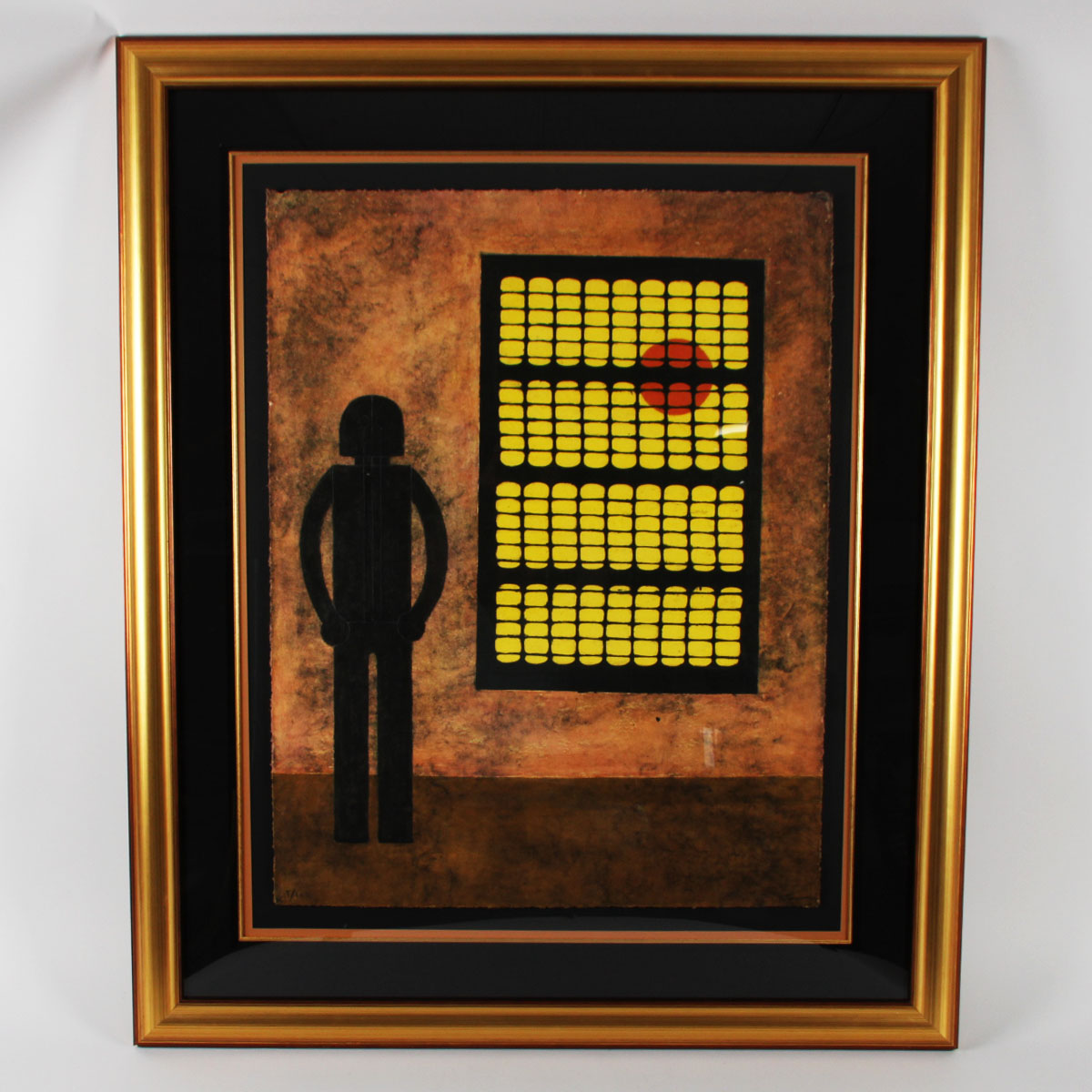
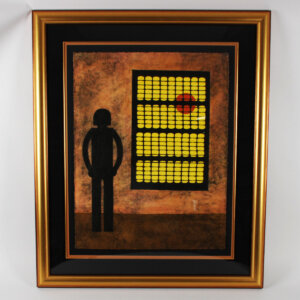
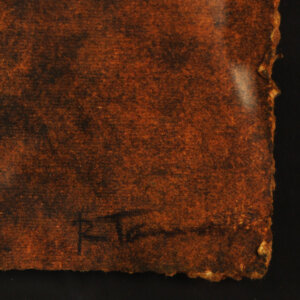
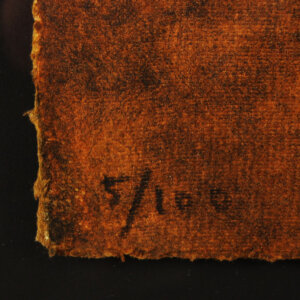
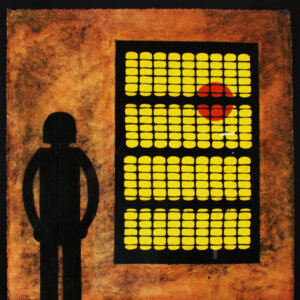
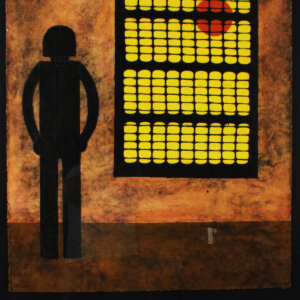
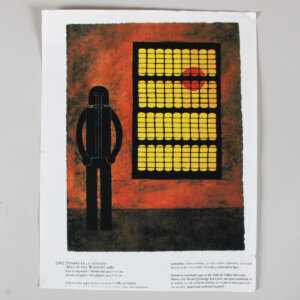

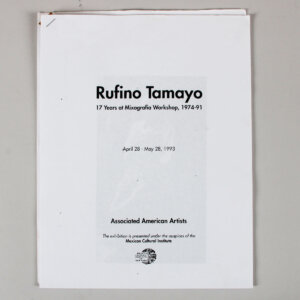
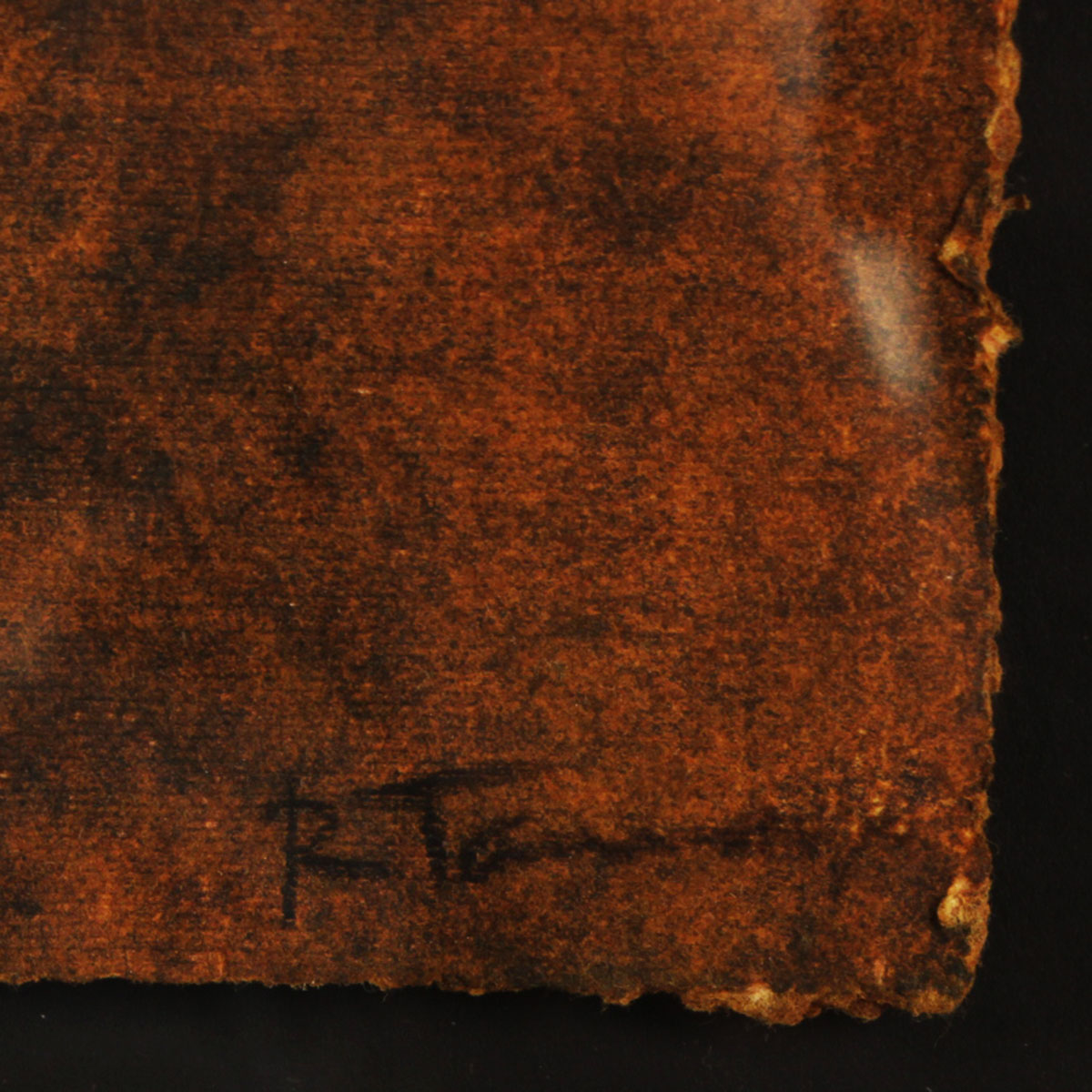
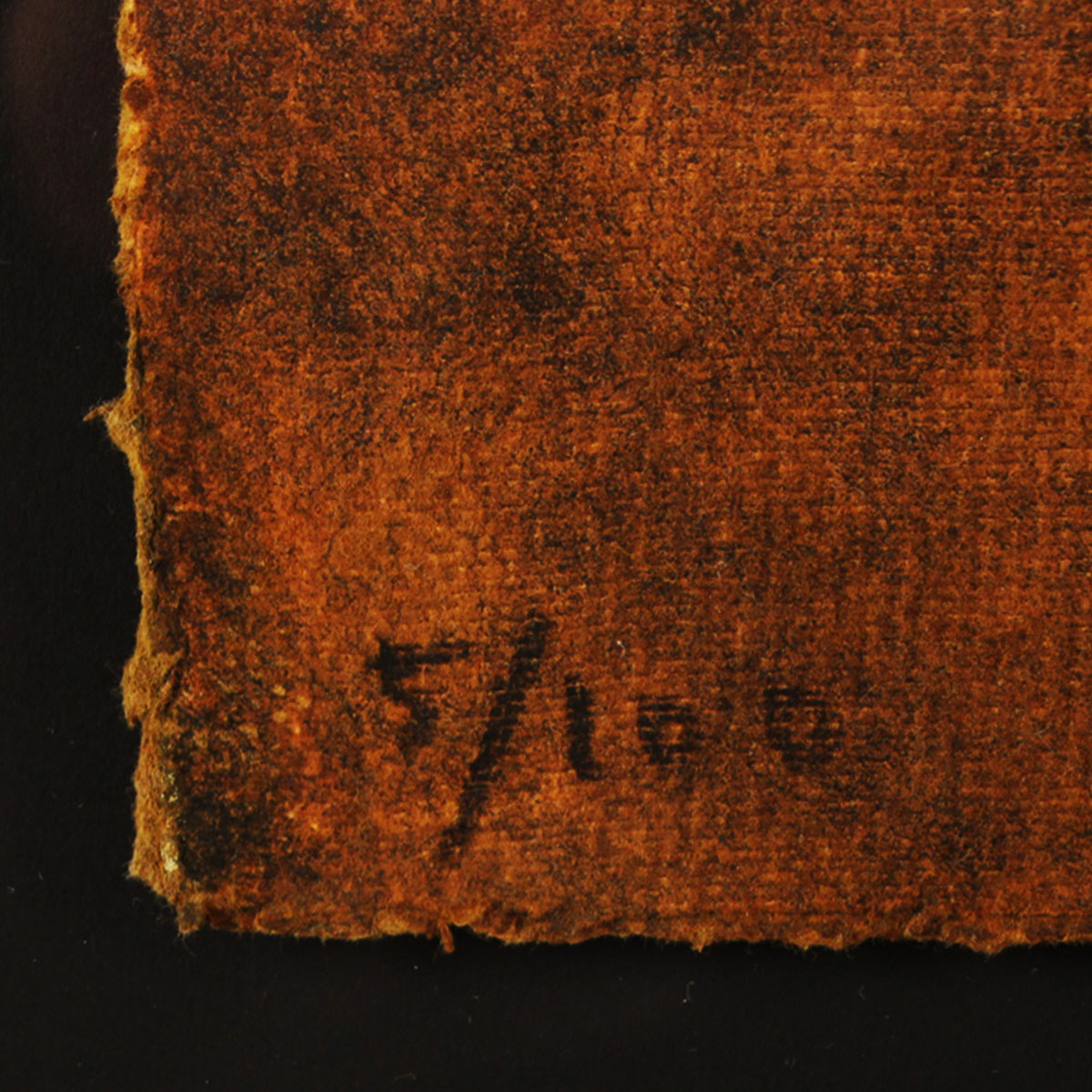
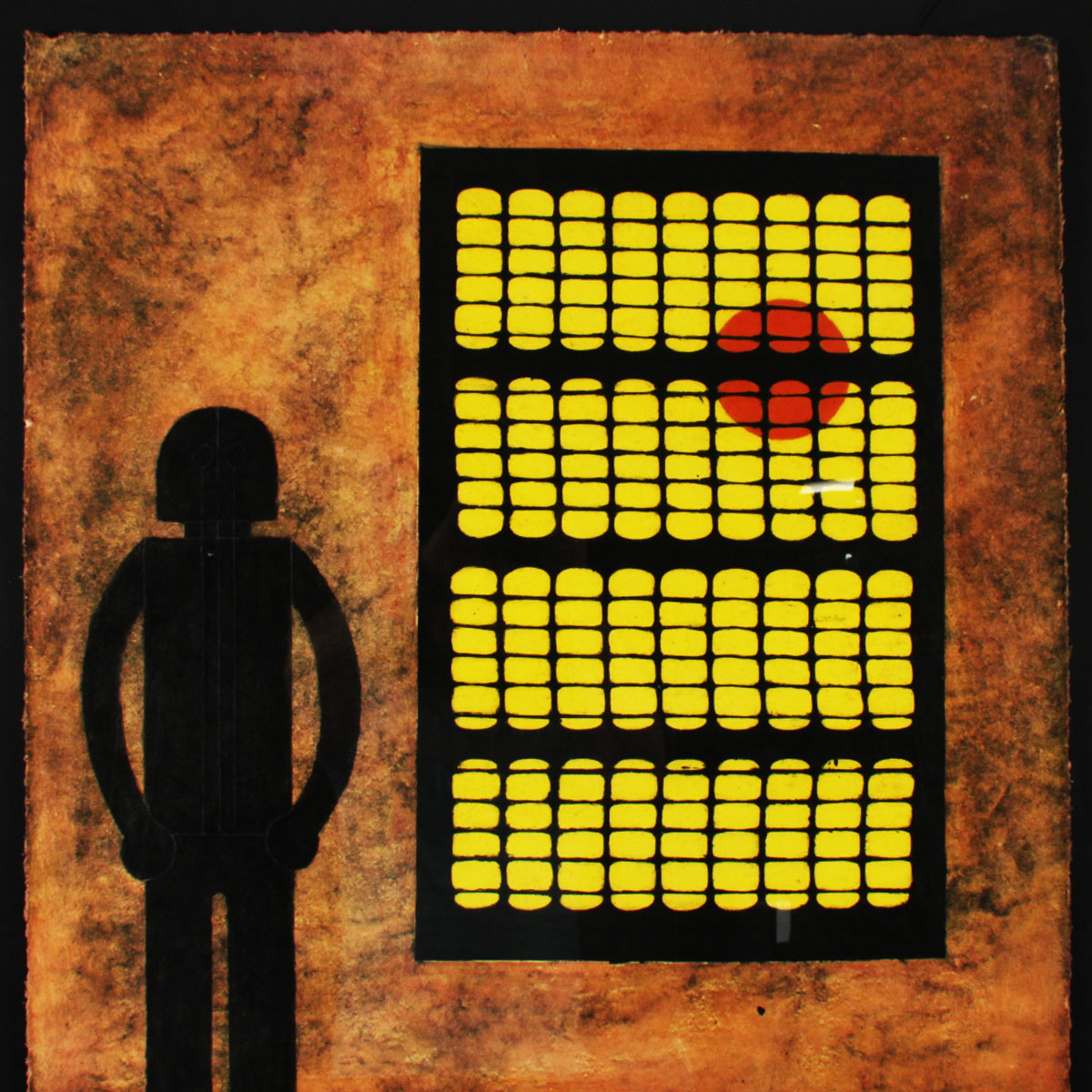
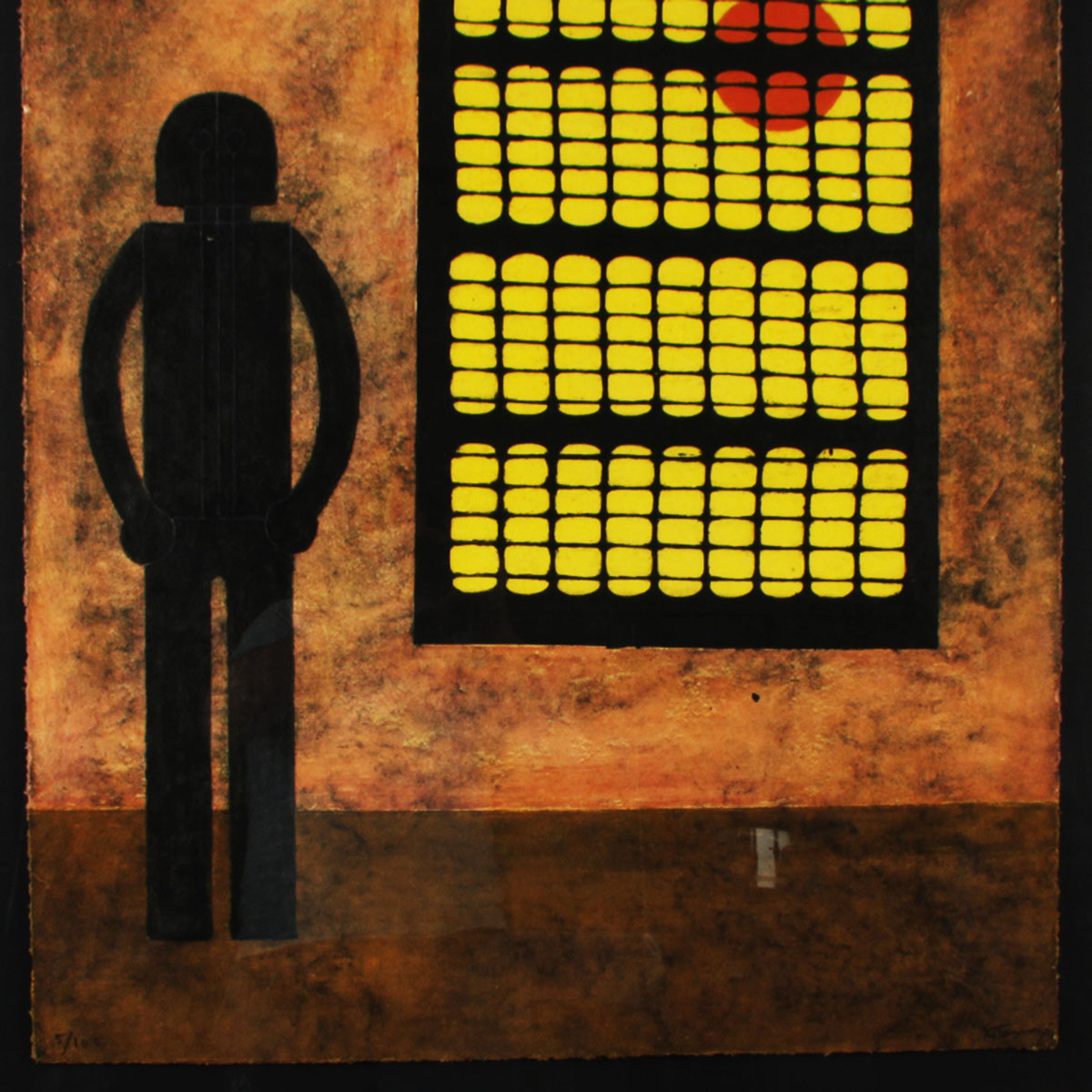
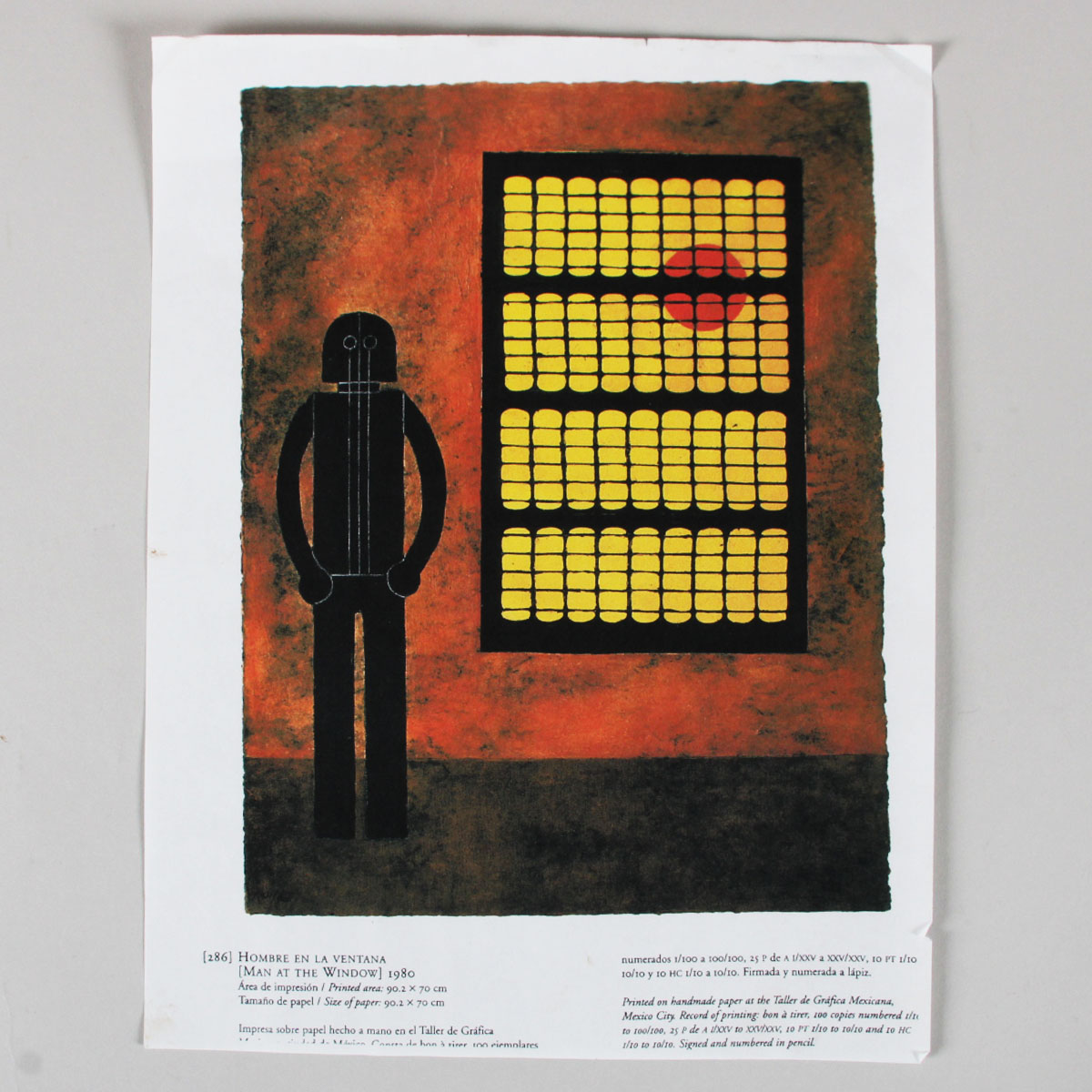

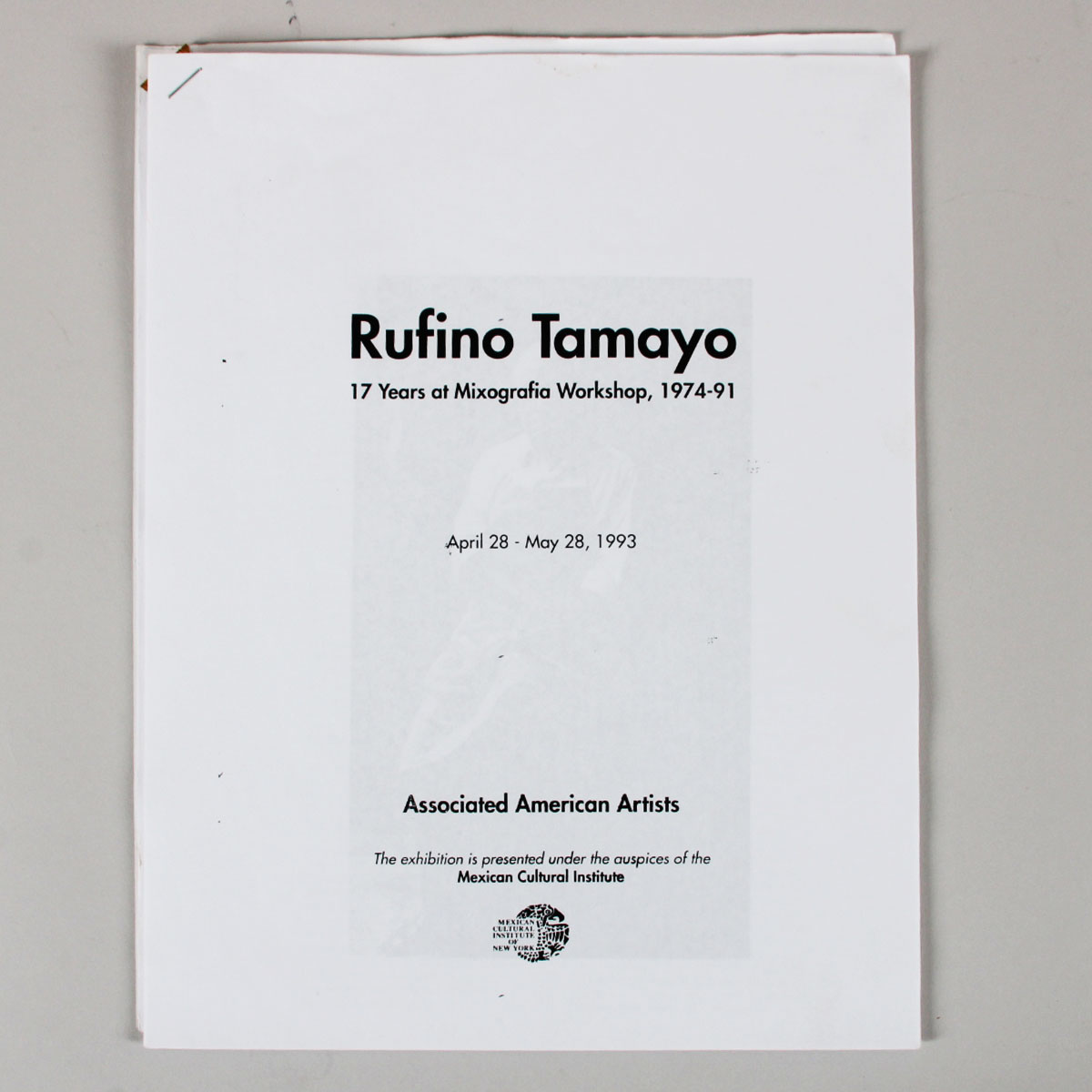
































Reviews
There are no reviews yet.